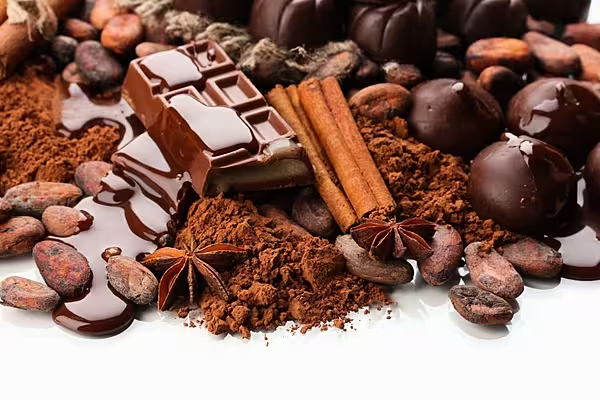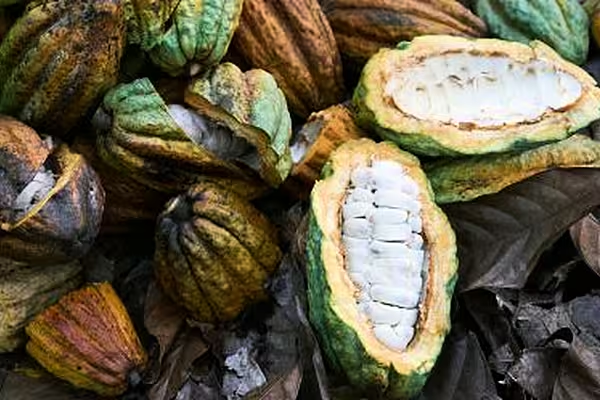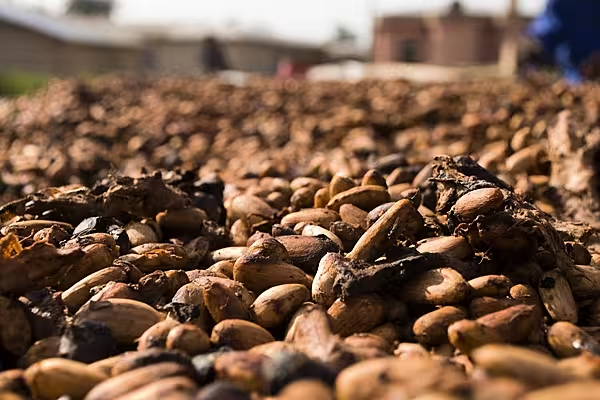A mix of rain and sunshine in most of Ivory Coast's cocoa-growing regions last week bodes well for the October-to-March main crop as long as Harmattan conditions do not occur early, farmers said on Monday.
The world's top cocoa producer has just started its dry season, which runs from mid-November to March.
Several farmers said that harvests were picking up and that main crop bean deliveries would peak next month.
Above-Average Rainfall
Rainfall was above-average in the western region of Soubre, the southern regions of Agboville and Divo, and in the eastern region of Abengourou, where farmers were confident this season's main crop would be larger than last season's.
"There is still a lot of harvesting to do because trees are loaded with pods," said Kouassi Kouame, who farms near Soubre, where 22.4 millimetres (mm) fell last week, 4.2 mm above the five-year average.
Rains were below-average in the centre-western region of Daloa and in the central regions of Bongouanou and Yamoussoukro.
Healthy Predictions
Farmers there predicted the main crop would be healthy but warned the Harmattan could affect plantations if it happened early.
The Harmattan is a climatic occurrence characterised by very dry and strong winds blown from the Sahara region towards West Africa.
It usually occurs between December and March and can impact cocoa production prospects in the region.
"If the Harmattan comes early this year and if it is strong it could reduce harvests," said Paul Kacou, who farms near Bongouanou, where 6.6 mm fell last week, 1.2 mm below average.
Average temperatures ranged between 26.3 and 27.6 degrees Celsius in Ivory Coast last week.
In September, the European cocoa and chocolate industry offered to share data on cocoa farm locations with top producers Ivory Coast and Ghana in an effort to ramp up efforts to fight deforestation in the sector.
News by Reuters, edited by Donna Ahern, Checkout. For more supply chain stories, click here. Click subscribe to sign up for the Checkout print edition.









